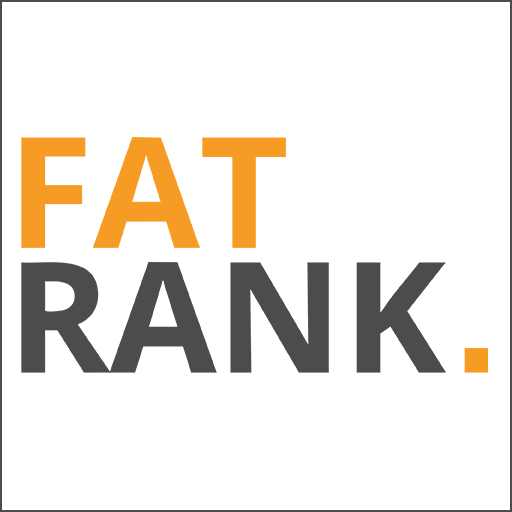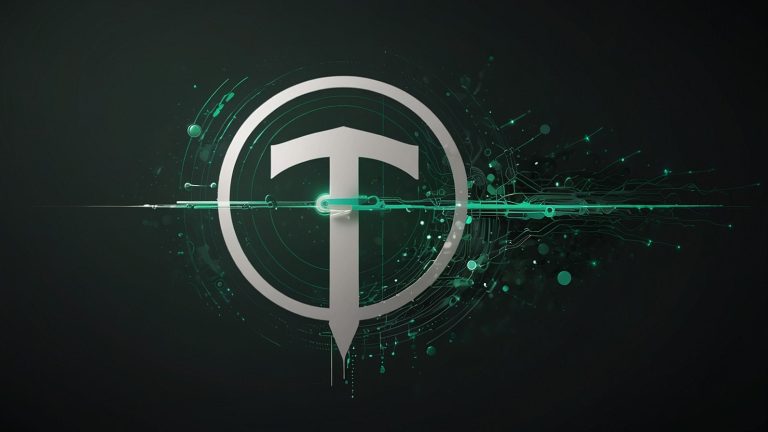For decades, rental real estate has attracted investors with the promise of steady income and long-term appreciation. Yet volatility in tenant behavior, market conditions, and regulatory frameworks has often kept landlords from realizing consistent returns. In Canada, one company has built a model to address those concerns directly.
Royal York Property Management, founded and led by Nathan Levinson, has become the country’s largest property management firm by offering services that transform rentals into stable, reliable investments.
With more than 25,000 properties under management and a portfolio valued at $10.1 billion, Royal York Property Management provides full-service operations that include tenant placement, 24/7 management, legal support, and financial protection. The company’s integrated approach offers lessons for landlords and investors worldwide who are seeking predictability in an uncertain housing market.
The Economics of Professional Management
At the core of Levinson’s model is the idea that property management should function as an investment service, not simply an administrative role. “Real estate is one of the largest financial commitments most people make,” Levinson explains. “Managing it properly requires systems that deliver both stability and transparency.”
Royal York Property Management delivers this through standardized screening, digital payment platforms, and strict service levels. By reducing vacancies, shortening maintenance cycles, and enforcing compliance, the company increases net operating income for landlords. These operational efficiencies can raise property values while lowering long-term risk.
Rental Income as Fixed Income
Levinson’s most distinctive innovation is the Rental Guarantee Program. If a tenant defaults, Royal York Property Management continues to pay the landlord, while handling legal proceedings, sheriff services, and tenant replacement at no cost to the owner.
For investors, the guarantee turns volatile cash flow into something closer to fixed income. Predictable rental payments allow landlords to plan debt servicing, maintenance budgets, and future acquisitions with greater confidence. This stability is particularly valuable in markets facing rising interest rates and inflationary pressures.
Transparency Through Technology
Royal York Property Management integrates technology into every aspect of its services. Landlords have access to dashboards that track rent collection, expenses, and maintenance in real time. Tenants can sign leases digitally, pay through secure systems, and request repairs online.
These tools eliminate delays, reduce disputes, and create clean data. Investors can review property performance with the same clarity they expect from other asset classes. This level of transparency makes rental real estate more attractive to institutional players as well as individual landlords.
Legal and Regulatory Safeguards
Operating in Ontario, one of North America’s most regulated rental markets, Royal York Property Management maintains a full in-house legal team to manage notices, hearings, and compliance issues. This expertise reduces exposure to costly mistakes and accelerates resolution when disputes arise.
Levinson emphasizes that legal capability is not just a defensive measure. “Proper documentation, consistent processes, and clear communication prevent most issues from escalating. Legal strength is about protecting value as much as resolving conflict,” he says.
Market Dynamics Driving Demand
Canada continues to face a rental supply shortage driven by immigration and population growth. Cities such as Toronto, Ottawa, and Mississauga are experiencing record demand for rental units, creating opportunities for landlords willing to invest in well-managed properties. Royal York Property Management’s scale and structure allow it to place tenants quickly, reduce downtime, and maintain high occupancy rates across its portfolio.
For investors, these conditions highlight the importance of professional management. The difference between an underperforming property and a profitable one often comes down to execution.
Leadership in a Changing Industry
Nathan Levinson’s path to building Royal York Property Management demonstrates how entrepreneurial innovation can redefine an entire sector. From pioneering the rental guarantee to developing one of the most advanced property management platforms in Canada, Levinson has consistently focused on reducing risk for landlords while improving the tenant experience.
“Investors want predictability. Tenants want security. Our role is to provide both through professional systems,” Levinson says.
A Financial Asset for the Future
As real estate markets worldwide navigate affordability challenges, rising costs, and shifting demand, the need for stable rental models has never been greater. Royal York Property Management has shown that with the right combination of financial protection, operational efficiency, and legal strength, rentals can deliver the consistency of a financial asset while meeting the housing needs of growing populations.
For investors seeking resilient opportunities, Levinson’s model demonstrates that property management, when executed at scale and with discipline, is not just about buildings. It is about creating an asset class that performs with the reliability the financial world demands.














 Bitcoin
Bitcoin  Ethereum
Ethereum  Tether
Tether  XRP
XRP  Solana
Solana  USDC
USDC  Lido Staked Ether
Lido Staked Ether  TRON
TRON  Cardano
Cardano  Avalanche
Avalanche  Toncoin
Toncoin